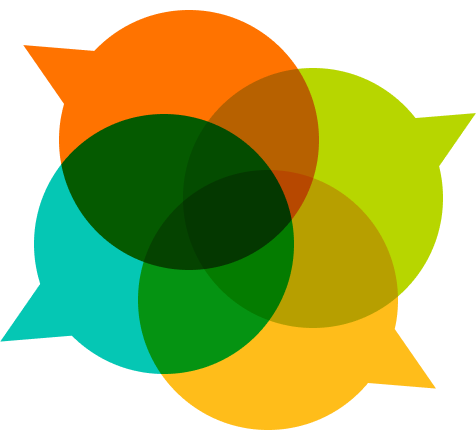Hi - wanted to revive this discussion, following detailed conversation about this in last week’s community call (see https://www.youtube.com/watch?v=QcU1iGJIVWk). I really like that discussion and personally have much clearer vision now of what we want to build. My understanding of next steps below.
Call for questions: is there anything still unanswered that we need to discuss before taking any further steps?
Next steps: My understanding: we should build something, for eg ourselves (fiction), IoT and a SoO person (billy?) to road test, tell us/contribute what’s missing, offer feedback.
@Vanessa - are you the right person to coordinate that? Do lightweight first draft, get feedback from us, then we build? Am imagining it could be a very lightweight draft - could leave topic headings empty for others to add to, etc…
Timeframe: how about 1 month: we aim for having something built on the website in 4 weeks. Doesn’t have to be featured, doesn’t have to be content-rich, but something to point IoT and other road-testers to. Am I completely off base here?
Detail: we should all commit to giving a couple of hours a week to this going forward (potentially forever right? If this is going to stay live content, and best single encapsulation of what we are about). @Vanessa if you’re coordinating first draft let us know how this fits in with your schedule (eg fiction MOOC). Noting the idea of doing this alongside fiction MOOC, we should be willing to slow down delivery of fiction a little if necessary to build this course alongside it.
Questions, further comments?
name - have we got that right? eg should it reference ‘peer-learning’ to flag that this about our core stuff?


















 I was
I was